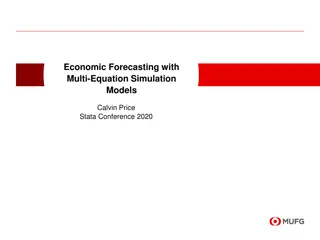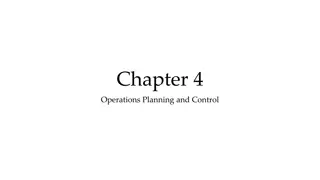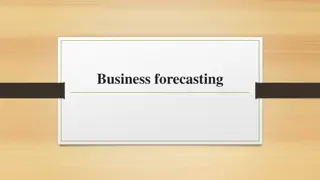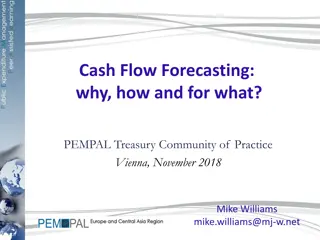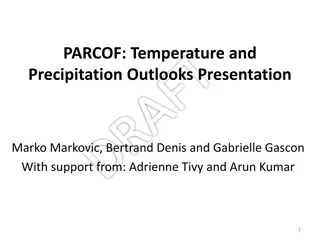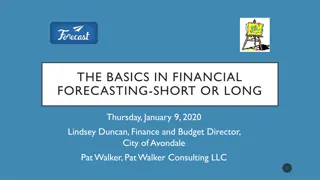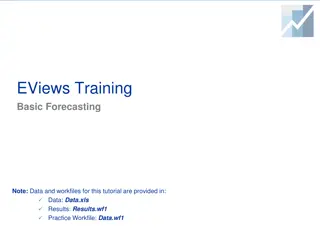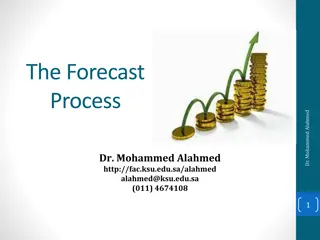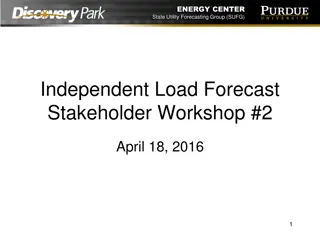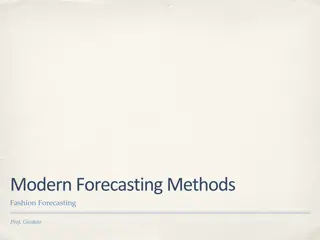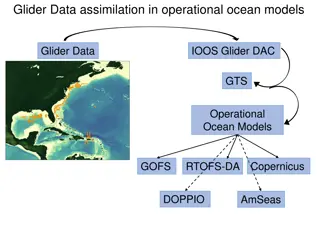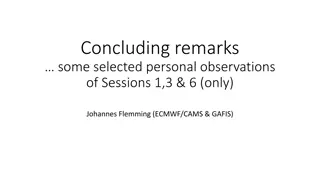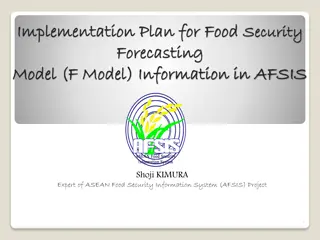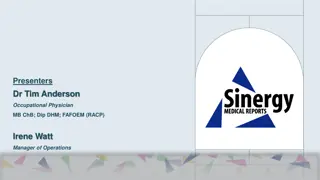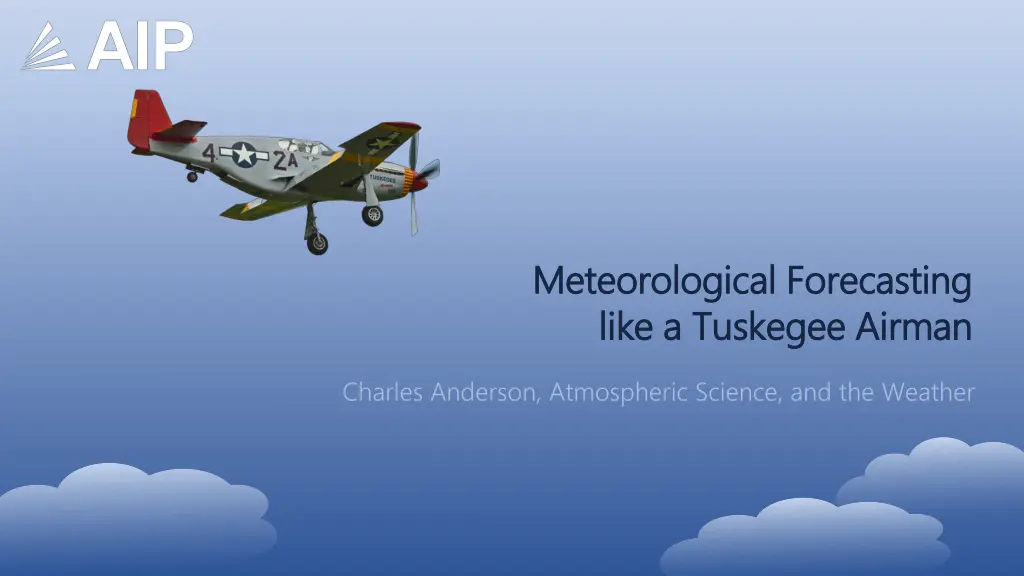
Innovative Meteorological Forecasting: Tuskegee Airmen and Charles Anderson
Explore the intersection of meteorological forecasting with the pioneering work of Charles E. Anderson and the Tuskegee Airmen during World War II. Learn about their contributions to atmospheric science, weather forecasting advancements, and the transition from traditional methods to modern technologies for accurate weather predictions.
Download Presentation

Please find below an Image/Link to download the presentation.
The content on the website is provided AS IS for your information and personal use only. It may not be sold, licensed, or shared on other websites without obtaining consent from the author. If you encounter any issues during the download, it is possible that the publisher has removed the file from their server.
You are allowed to download the files provided on this website for personal or commercial use, subject to the condition that they are used lawfully. All files are the property of their respective owners.
The content on the website is provided AS IS for your information and personal use only. It may not be sold, licensed, or shared on other websites without obtaining consent from the author.
E N D
Presentation Transcript
Meteorological Forecasting Meteorological Forecasting like a Tuskegee Airman like a Tuskegee Airman Charles Anderson, Atmospheric Science, and the Weather
World War II World War II (1939 1945) Aerial surveillance and combat (U.S. Air Force) played a major role U.S. bomber units needed to fly safely overseas for combat Solution: train pilots to escort bomber planes for protection and navigational assistance
The Tuskegee Airmen The Tuskegee Airmen First specialized military program in the US to intentionally recruit all-Black classes for training and combat Training grounds at Tuskegee University in Alabama Trained to be accompanying pilots, navigators, and eventually, meteorologists A group of Tuskegee Airmen in A group of Tuskegee Airmen in front of one of their planes. front of one of their planes.
Charles E. Anderson Charles E. Anderson (1919 1994) Missouri native, attended Lincoln University for chemistry (1937) Invited to join meteorology program at University of Chicago as an Air Force cadet Studied atmospheric dynamics (cloud formation and motion) and worked on new methods of meteorological forecasting Charles Anderson in his office. Charles Anderson in his office.
Charles Anderson (contd.) Charles Anderson (cont d.) Received a Masters in meteorology before transferring to Tuskegee to join the Tuskegee Airmen Worked on improving forecasting for Air Force safety First to use satellite images (looking at clouds from above) in meteorology
Out with the Old, In with the New Out with the Old, In with the New Old method: Old method: look at past weather patterns and make a guess at what should happen next based on how the current weather looked Unreliable due to variables in the weather Often very general; not tailored by location, just by weather pattern New method: New method: use radar, satellites, and better knowledge of atmospheric dynamics to more accurately predict the weather Better for accuracy, real-time observations being made Tailored to the specific location
Anderson and the Tuskegee Airmen Anderson and the Tuskegee Airmen When Anderson joined the Tuskegee Airmen, he brought his meteorological expertise with him Anderson trained young Airmen in meteorology and forecasting, creating the Tuskegee Weathermen Following his time at Tuskegee, Anderson travelled to other Air Force bases to further train U.S. forces. A group of Tuskegee Airmen A group of Tuskegee Airmen pilots reading a map. pilots reading a map.
Anderson After the War Anderson After the War Attended Massachusetts Institute of Technology after WWII and became the first Black individual to earn a Ph.D. in meteorology Dissertation: Cumulus Dynamics, a study of how clouds form and move Still in use today! Worked in academia for the rest of his life University of Wisconsin: Madison, North Carolina State University Charles Anderson s Charles Anderson s dissertation. dissertation.
Forecasting and the Atmosphere Forecasting and the Atmosphere Newer Methodology from Anderson s Work Use satellite images of cloud cover in conjunction with radar to more accurately predict the weather Radar useful for evolution of precipitation over time Satellite images useful for viewing cloud cover at a specific point in time Clouds often indicate pressure in a region, as well as fronts moving in or out of a region Read handout for information on atmospheric physics and to learn how to draw your own weather map!
Sources and Credit Sources and Credit Slide 1: Image credit to Alan Wilson, used under Creative Commons license. Slide 3: Image credit to the National Park Service, used under Public Domain usage rights. Slide 5: Image credit to the University of Wisconsin Madison, used with permission. Slide 7: Image credit to Robert Sullivan, used under Creative Commons license. Slide 9: Book held by, and image credit to, Alembic Rare Books. Information sourced from the American Meteorological Society, Tuskegee University, and Earl Droessler s interview with Charles Anderson in 1992. Prepared by the Center for the History of Physics at AIP.




